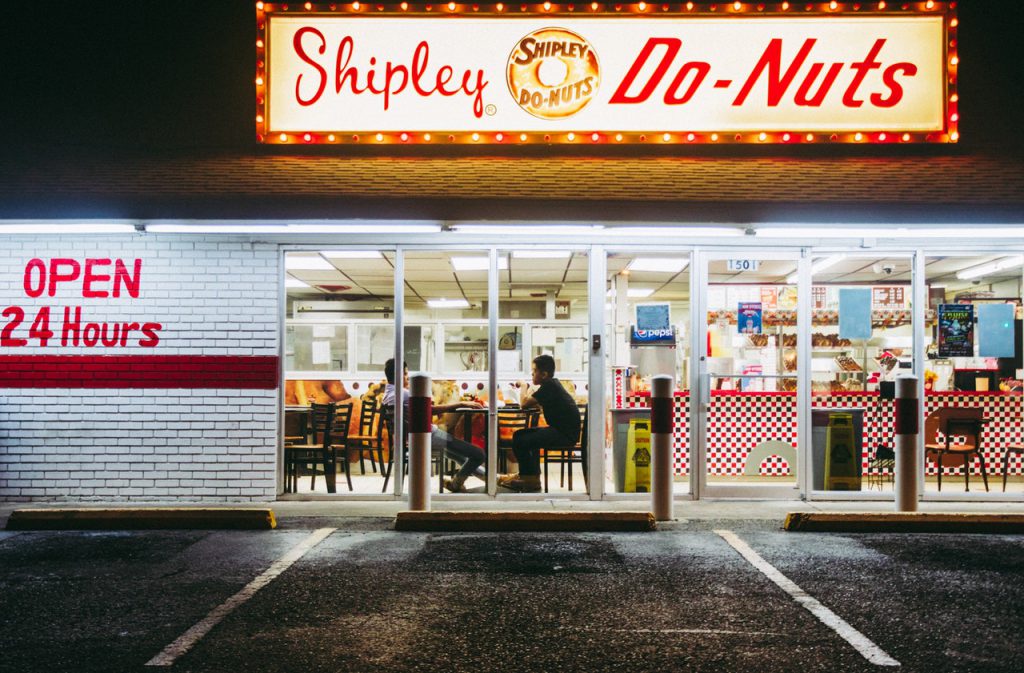Opening a restaurant is a great opportunity to become an entrepreneur and generate high income. However, this decision is always accompanied by many doubts: what type of food should I serve, how do I choose the best location, how should I decorate the place, how many staff do I need to hire or how should I put together the menu?
If you plan to start a restaurant, you must take into account a series of aspects so that its operation is successful, as well as knowing all the expenses that are generated with the opening of a place. Here we talk about the most important ones.
Before Starting Your Restaurant

The first step to open a food establishment is to define its concept, that is, you must know if you want to operate a fast service, mid-range or luxury restaurant, as this factor influences many other aspects, such as furniture, staff and the environment.
Once you have made this decision, you should think about the type of food you are going to serve: snacks, comfort food, specialty cuisine or some other type. Both the creation of your menu and the selection of the cooks or chefs that you are going to hire depend on this.
Design a Business Plan

This factor is key when setting up a restaurant. It is important that you make a list of all the expenses to be made, such as the rent of the premises, the cost of furniture, appliances and kitchen utensils, in addition to the salaries of your employees and the purchase of supplies for the first two months .
You should also clearly write down the concept of your restaurant, the type of customer you want to attract, the menu you plan to offer, as well as the approximate prices of each dish or drink. Similarly, do not forget to write down how much money you have for the opening of your business and how much you need to borrow, if required.
The reason for listing all these elements is so that you have a clear picture of where your business is going and so that you try not to get out of this line or your budget. Likewise, the business plan of a restaurant must include all expenses that arise or come to mind to maintain good control.
The Best Place for Your Restaurant
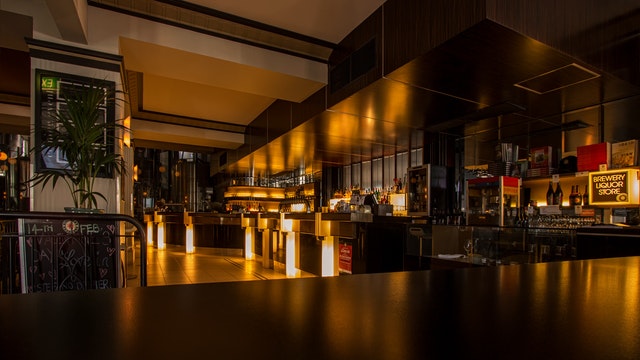
The location of your business is key for customers to know you and visit you frequently. Although the rent of the place is a very important factor, you should not get carried away only by that. In general, hidden premises or on little-traveled streets tend to have the lowest rents, but this affects both the visits and the profits of your business.
We recommend that the rent of your premises does not exceed 10% of the total sales of your restaurant. Now, check that the space is located on a busy and easily accessible street, as well as in an area frequented by the clients you want to attract.
Also explore the surroundings and check that there are no businesses with a similar concept to yours, or else the competition will be greater. Before signing the contract, check if the space needs improvements that you have not contemplated, as this may affect your initial budget.
Finally, study the layout of your restaurant in the plan (dining room, kitchen, bathrooms, employee area, warehouse) and don’t forget to include your furniture and equipment, in order to optimize the use of space in your premises.
Permits to Open a Restaurant
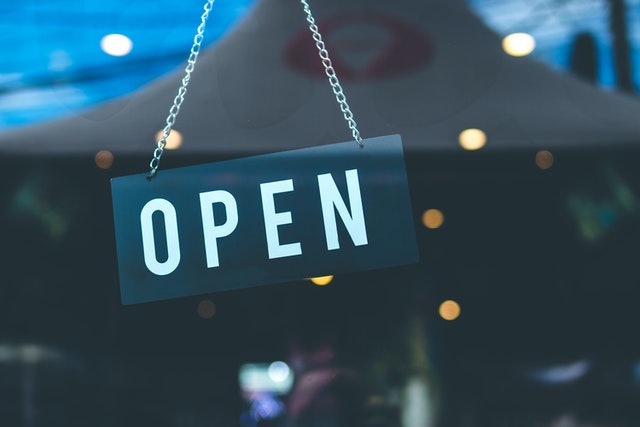
Permits and licenses to open a food establishment vary according to each country and locality. In Mexico, for example, you need to have a land use permit because it is a business. In other countries, this requirement is known as a commercial or business license.
You can also require a food service establishment permit, which ensures that your restaurant complies with food hygiene, preparation and storage regulations. In case of selling alcoholic beverages, you will need another license, which varies if it is a food place, bar or hotel.
Finally, you must register your establishment with the local tax system to pay the corresponding taxes. By complying with this aspect, you can start your business in any way and without problems.
Tips for an Attractive Decoration
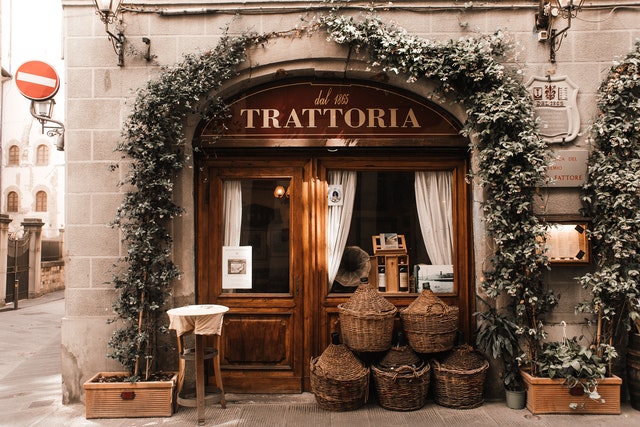
If you do not have experience in decoration, you can hire an agency specialized in design for the restaurant sector, just consider this as an extra expense. And it is that the appearance of your restaurant is decisive to attract customers and, also, to make them feel comfortable during their stay.
The furniture (tables, chairs, cabinets, benches, among others) and the decorative objects of your business must be related to its concept. In other words, if your restaurant will serve Mexican food, you can opt for furniture with a rustic finish, as well as tablecloths of different colors and other details such as serapes, for example.
Whether it is a mid-range or luxury restaurant, you can place a blackboard at the entrance with the specials of the day or the promotions of the month; Or, put the letter so that customers clearly know what type of food you serve and, in addition, know your prices.
Do not forget to place decorative objects such as lamps, pictures and flowers to give your space more personality and liveliness. You can look for inspiration in various Instagram accounts or by going to other establishments with a similar concept.
Equip Your Business Well
To start your restaurant, you must consider a series of utensils, devices and tools necessary for its operation, both in the kitchen and for your staff and customer service. Here we give you a general list of what you should consider to start your business.
- Kitchen
2. Ovens
3. Shelves
4. Work tables
5. Stoves
6. Refrigerators
7. Dishwasher
8. Pots, pans and frying pans
9. Blenders
10. Tableware
11. Cutlery
12. Glasses, cups and glasses
13. Salt and pepper shakers
14. Tablecloths and napkins
15. Uniforms for cooks (Filipinas and aprons) and waiters
How to Create Your Menu
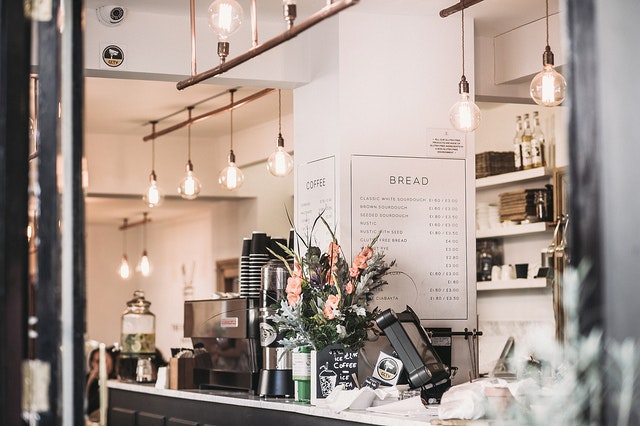
Menu design is another decisive factor for the success of your restaurant. Take into account that the preparation of your dishes must be well detailed and planned so as not to waste time and that the ingredients must be easy to obtain to avoid complications in the kitchen.
A good idea is to divide the menu by times or specialties, for example, entrees, salads, soups, meats, poultry, desserts and drinks. The descriptions of each dish should be simple and short, since many diners dislike seeing a saturated menu.
If the concept of your restaurant is family-oriented, consider including a children’s menu, either at the end of the menu or on a separate page. Do not forget to review your menu periodically to analyze which dishes are ordered more and which are not, as well as to check if their price is adequate.
Invest in Point of Sale Software

No matter the concept and size of your restaurant, a point of sale software will help you simplify your entire operation and have control of your inventory, your sales and your promotions. Look for a system that is easy to use (for both you and your staff) and requires only a short, simple training.
Make sure you choose a point of sale system that offers you:
Easily manage orders for each table or to go
Take orders or orders quickly
Customize each of the dishes on your menu (with the option to configure their size, as well as additional ingredients)
Use various payment methods (credit, cash or loyalty card)
Take reliable control of your inventory in real time
Implement special promotions or loyalty programs
Often, a point of sale kit that includes all the necessary devices to start selling immediately will be cheaper than buying everything separately.
Choose Your Staff Well
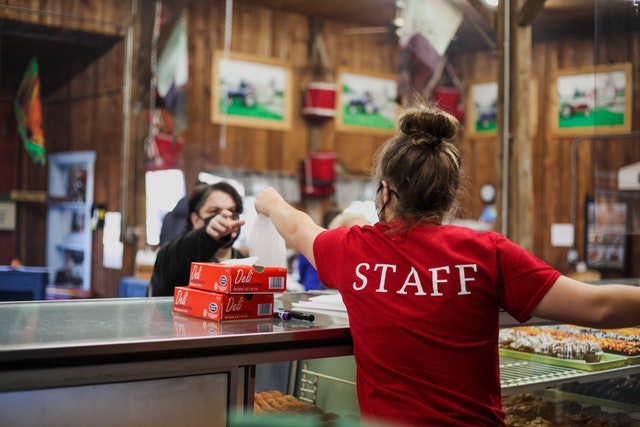
Before hiring your staff, define well what activities you are going to carry out and what each of them is going to do. Based on the size and hours of your restaurant, determine how many employees you will need and schedule their shifts.
For example, in a mid-range restaurant it is enough to have one waiter for every five or six tables per shift, as well as four employees for every 50 customers. While for a luxury restaurant, the ideal is to have a waiter for every three or four tables, as well as six or seven employees for every 50 customers.
Always publish your job offers clearly, and specify the duties and responsibilities of each position. Do not forget to provide initial training to your staff so that it is clear how they should address customers or the hygiene and dress standards that you expect from your employees.
We hope that these tips will help you to set up your restaurant and to have a successful operation in the future. Find out more about our restaurant program to ensure the success of your business.

